Jamie and her family in New England Continue reading
Until I was almost forty years old I did not have much of a relationship with my sister Jamie1. I remember being quite disappointed when I learned that the sibling that I knew was coming turned out to be a girl. I was in second grade at the time. The girls whom I knew there were all hopelessly stupid. THEY PLAYED HOP-SCOTCH AND PAT-A-CAKE AT RECESS!! I had no use for them at all.
I was nearly seven and a half years older than Jamie, and that half year was significant. I was a freshman in high school when Jamie was in first grade. I had graduated from college before she started high school. During her high school years I was in the Army and then working halfway across the country. We went to different kindergartens (both public), different grade schools (both parochial), different high schools (hers parochial, mine Jesuit), and different colleges (hers a small Benedictine near home, mine a huge state university over seven hundred miles away.
So, the only times that we were together were before and after school and during the summers. I remember watching bits of Captain Kangaroo with Jamie before school and some TV shows in the evenings. Batman and Shindig in the evenings. We sat on the floor of the family room watching the tube while mom worked and dad lay on the couch reading a magazine or newspaper punctuated by an occasional “Mmm hmm”. However, I often withdrew to my bedroom to read or work on a project or to the basement to shoot pool and listen to records.
The time between returning from school and supper time was precious to me. I spent very little of it in the house. I either stayed after school to take part in some activity or came home, set down my books somewhere, and dashed back outside to play with my friends. I felt the same way about the summer. If I wasn’t earning money mowing lawns, I was probably out of the house.
So, I never really developed a close relationship with Jamie. We had no great family crises to create bonds of shared suffering. We also did not do that much together as a family. The whole immediate family went on summer vacations (as described here) together, but my only clear recollection of any interaction with Jamie on these trips was when I became very upset that our parents “could not find” the Smithsonian in Washington, DC. She tried to calm me down, which was nice (but ineffective).
We did have a few moments. Perhaps the best was when we invented a dance to perform during the hit song “The Ballad of the Green Berets”. There were not many games that we could play together. War was no fun; Jamie always won Inspired by Sheepshead, I invented a gambling game called “Sevens and fives” and revealed the rules to her one at a time as they came up. I enjoyed that. Of course, I gave her back the money that she lost. Well, most of it.
I also remember spending an afternoon or two helping to teach Jamie how to drive my brand new Datsun in an empty parking lot. This must have been in 1972 after my own stint of heroically defending New Mexico against peace-crazed Ghandiists. Barry was two ranks higher than I was, but I never went to prison.
It was not anything about Jamie’s personality that made me limit our time together. I just enjoyed being with my friends and being by myself a lot more than being with family.
Maybe I was not a very good big brother. Decades later Jamie told me that she had been bullied (or worse) when she was on the way to kindergarten at a public school. I would have been in the eighth grade. If I had known about this, I would probably have tried to enforce the Law of the Jungle (“If you so much as touch my sister, I will …”). I would have, too. I was at least two years older than anyone at her school, and kids who attended public schools were presumably heathens. Also, I knew some moves. I watched a lot of wrestling in the eighth grade.
I don’t know how I missed this. Maybe I was just oblivious; I often am.
Jamie and I had similar senses of humor, and we were both rather tall and quite thin, but those were almost the only things that we had in common. She was always the cute one. When she was little, she had blonde hair that she evidently got from a relative that I had never met and her mother’s dark eyes. She was also a much better athlete and was tremendously more sociable than I was. I did better in school, and I was almost never in trouble.
From 1966, when Jamie was ten and I had left for college, through 1985 I had minimal contact with Jamie. She made a mysterious visit to our apartment in Plymouth (described here), and Sue and I visited her and her husband, Mark Mapes2, once in Iowa (described here).
Other than that, we might have talked on the telephone a few times, but that was it. Why didn’t I call her? It did not occur to me. I didn’t call anyone. I have always hated talking on the telephone, and in those days long-distance calls were expensive.
In late 1985 Jamie was living in the Chicago area with her two daughters, Cadie3 and Kelly4. How they got there is a long story, and I am ignorant of most of the details. Cadie was, by my calculation, eight years old, and Kelly was a couple of years younger. Jamie was working at O’Hare airport for American Airlines. There she met Joe Lisella Jr.5, a fellow employee. I think that they got married in 1985. Jamie has told me a few stories about the travails of working in baggage claim. She may have had other responsibilities there, too.
In 1985 the newlyweds moved to an apartment in Simsbury, CT. For a time both Joe and Jamie worked for American Airlines at Bradley Field in Windsor Locks, CT. Their family grew rather rapidly. Gina6 was born in 1988, Anne7 in 1989, and Joey8 (Joseph III) in 1991.
During the fourteen years that Jamie lived in New England I worked at least seventy hours per week. Sue and I found time to visit Jamie and Joe a few times in Simsbury. I remember that we ate supper with them at least once at Antonio’s Restaurant near their apartment.
Joe and I played golf together quite a few times, first at a course in Southwick, MA, called Edgewood and then, after they had moved to a house in West Springfield, at East Mountain Country Club in Westfield, MA.
I had a good time, but I still took golf too seriously to have many enjoyable conversations with Joe. Another problem was that we both sliced the ball. He was, however, left-handed. His ball was therefore usually in the rough to the left. Mine was usually pretty far to the right. Talking is, of course, discouraged on the greens and tees.
Joe’s brother played with us a few times. I have forgotten his name. Jamie was a very good golfer when she was a teenager, but she never played with Joe and me. It never occurred to ask her why not.
We always played very early in the morning. I sometimes stopped at McDonald’s on the way to the Lisellas’ house and bought Sausage Biscuit with Egg sandwiches for them. Once I evidently messed up about whether we were scheduled to play. They were sleeping in. Someone with bleary eyes came to the door. I apologized when the situation was explained to me, left the McDonald’s bag for them, and drove back home.
At left is a satellite view of the Lisellas’ house on Lancaster Ave. in West Springfield. In the nineties a basketball goal occupied the space where the big white truck in the photo is.
When we visited the Lisellas’ house, there was often a half-court basketball game there. I declined to participate. My skills at basketball were limited to running, jumping, disabling opponents with my sharp joints, and drawing fouls. My jumping days were behind me, running was of no value in a half-court game, and my other abilities were under-appreciated.
The most memorable of these game was the one in which my dad, who at the time was at least pushing seventy, tried to play. He lost his balance, fell down, and broke his arm. He had to be rushed to the emergency room.
The menu at the Lisella house was usually hamburgers and hot dogs on the grill. Joe had a Weber “kettle” grill, and he used a lot of charcoal. I never asked him about this, but I have never understood how anyone could control the temperature of one of these grills. I have always strongly preferred the ones that allow either the fire pit or the grill to be raised and lowered.
Joe watched a lot of sports on television. In fact the TV always seemed to be on in their house, and it was always set to a sports broadcast. His favorite teams were the Red Sox, the Green Bay Packers, and Notre Dame. I am not sure which team he rooted for in basketball.
When I was at their house I spent most of my time playing with the kids. Jamie always seemed to be cooking, cleaning, or collapsed from exhaustion. Occasionally she took a break for a cigarette.
I did not talk much with Jamie. On the sidelines at the kids’ soccer games she would sometimes keep me apprised of the their progress. I seldom had much to contribute to these conversations. In those days TSI was definitely the focus of my life. Unless I could think of an amusing story, I did not say much.
I clearly remember doing one thing with Jamie. She had somehow scored some tickets for a WWE wrestling card at the Hartford Civic Center, and she invited me. This must have been in 1990. I think that Gina and Anne were there. I am not sure whether the other girls or Sue attended. The girls were really into it. They cheered and booed at all the right places.
The only match that I remember at all was between André the Giant9 and Jake the Snake Roberts10. Although André was way past his prime, he was still enormous and powerful. He could probably have defeated Jake from his hospital bed. However, every move he made seemed to cause him pain, and his back was bent over at a 45° angle when he lumbered from one place to another.He even had difficulty entering the ring. I found the performance rather sad, but I enjoyed the experience of being with the kids.
I marveled at how different this experience was from the other match that the high-school version of me had seen in person. It is described here. In the match in Hartford there was a lot of flash, but very little in the way of wrestling. Vince McMahon had not yet admitted that his events were scripted, but 90 percent of the people over five in the arena could predict the outcome (barring disqualification) of every match. It was kind of like a circus with trained over-developed humans.
In the fall of (I think) 1986 or 1987 Sue and I drove Cadie and Kelly to the Catskill Game Farm11, a private zoo in New York state. This had always been one of our favorite day trips, and it was more fun with the kids. Fall was the best time to go there. The weather was ideal. The deer were in rut, and the cries of the stags could be heard all over the park.
We spent a fair amount of time in the petting area of the park, which was loaded with immature animals that had been handled by humans since birth. That did not in any way mean that they were tame. I had never noticed this in previous visits, but they formed a herd of six or seven species and walked around the petting area as a group.
Kelly had been petting one of the fawns, and she did not notice a baby donkey behind her pitching forward on its front legs and aiming a two-legged kick at her back side. Fortunately, the hooves missed by an inch or two.
I also remember feeding the giraffes. The girls got a figurative kick out of that.
I attended at least one of Cadie’s softball games. I don’t remember too much about it. She was not a star. She was more of an intellectual than an athlete. More than anything else she has always been very artistic. I seem to recall that she studied art at Hampshire College for one year. I don’t know what happened after that.
For my mom’s seventieth birthday in October of 1995 Cadie flew with me to Kansas City. I gave a little speech to a gathering of my parents’ friends about my relationship with my mom. I am sure that my mom, who was already experiencing some dementia, appreciated that we both came. However, it was obvious that Cadie was uncomfortable throughout the entire trip.
My dad took Cadie with him on his trip to Ireland. They both enjoyed the trip, but my impression was that their personalities did not blend too well. No blood was spilled.
My most vivid memory of Kelly is from the day that she helped plant flowers around a tiny pine tree in our yard on Hamilton Court. The tree, which is now more than thirty feet high, was only a little taller than Kelly at the time.
Kelly was a good soccer player. I remember watching her in at least one game. She was a defender. I don’t know too much about soccer, but the other team never came close to scoring. Her team’s goalie need not have attended.
Kelly had trouble with math in high school. Jamie once asked me if I would be available to help her with it. I said that I would, but I never heard about this again.
Sue and I were invited to attend Kelly’s graduation at the horse show building at the Big E in Agawam. We went, but I don’t remember any details except that I was surprised that the students were mostly wearing casual garments (even shorts) under their graduation gowns. I also recall at the subsequent get-together at the Lisellas’ house. Gina and her classmates humiliated me on the basketball court.
Kelly left West Springfield shortly after finishing high school. I knew that she moved to a western state, but I did not know what she was doing there. I haven’t had any contact with her since then.

I tried to see Gina and Anne as often as I could. One weekend day they stayed with us for a few hours in Enfield. They were delighted to discover that we lived right behind a school that had monkey bars and other athletic equipment.
I usually bought the kids some kind of board game at Christmas. When I was at the Lisellas’ house in West Springfield, I spent most of my time on the floor. In retrospect I wonder if the games were a good idea. Some of them had a lot of pieces.
I bought a Foosball table for them one Christmas. I probably should have asked if it was OK to do so. They seemed to enjoy playing it that day, but I noticed the next time that we went to their house that it was on the front porch and positioned so that it could not possibly be used. If I had been considerate enough to ask ahead of time, Joe or Jamie might have mentioned that there was no possible place to keep it.
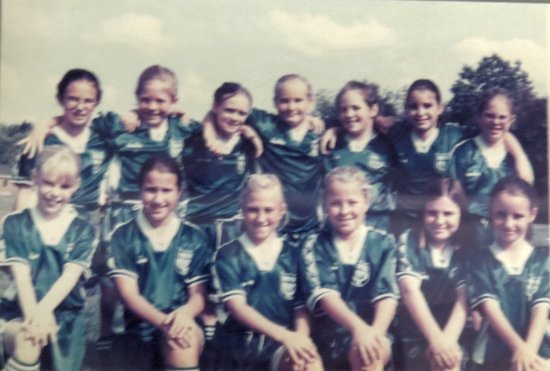

I watched Gina and Anne play soccer several times. Anne was a fast runner, but Gina made up for lack of speed with determination and grit. No one ever called Anne gritty. In fact, no one ever called her Anne either. It was always Annie, Princess, or Prinnie.
I also watched Gina play basketball once. The opposing team had one player who was much better that everyone else. Gina’s coach assigned her to guard her even though Gina gave up several inches to her. Gina hung tough with her throughout the game. Unfortunately, it was not enough. The West Siders came up short.
I bought three tickets for the Connecticut Opera’s production of Mozart’s Die Zauberflöte at the Bushnell Auditorium in Hartford. I made plans for them to attend with me. I was convinced that they had agreed to go, but somehow the plans got messed up. I ended up sitting between two empty seats for the evening. I should have called to confirm, but …
I have one memory of Gina as a teenager. She was on the computer with three or four chat windows open with her friends. She could move among them very rapidly. I was impressed.
My parents came up to visit the Lisellas occasionally. They stayed at the Howard Johnson’s on Route 5. I remember that the first time that Anne saw me beside my mom, she blurted out, “You two have the same hair!” I don’t think that she realized until I told her that her grandma was my mother.
From the time that Joey was old enough to walk, or maybe even before that, he was consumed with sports. He liked all sports, and he was quite good at them. Some of his peers caught up with him later, but I doubt that there was a more athletic four-year-old in all of New England than Joey Lisella.
Joey and I played one-on-one tackle football in the living and dining room when he was a toddler. As soon as I entered the house, he grabbed onto one of my legs and tried to bring me down. Then he picked up the football and tried to burst past me. He could not have known that that his opponent starred in 1961 as the wingback/defensive back of the Queen of the Holy Rosary Rockets, as documented here.
On August 6, 1995, Jamie brought Joey to a party at Betty Slanetz’s house in Enfield. He carried a Whiffle ball and a plastic bat around with him all afternoon. I volunteered to pitch to him. He was batting right handed. I stood about ten or fifteen feet away and threw the ball underhand to him. Rather than swing, he took his left hand off the bat, caught the pitch one-handed, threw it back, and announced, “Overhand!” My recollection, which may be faulty, is that he hit every pitch that he swung at. I was duly impressed. He was four years and zero days old.
I saw Joey play soccer several times. The first time he was on a mixed team. He was too young to play legally, or at least that was what Jamie told me. He was certainly the shortest participant on either team, but he was positioned as the striker on his team. After he scored his fourth goal in just a few minutes, the umpires (!) overruled the coach’s assignment and made him play defense for the rest of the game. The final score was 4-0.
The last soccer game that I recall involved Joey’s high school team. Joey was still one of the smallest players, but he was still quite good. He did not dominate this game the way that he dominated as a youngster, but he was a force to be reckoned with.
I had the same impression the only time that I watched him play high school basketball game. His lack of size was a serious detriment in this game, but he was a good ball-handler and shooter, and he played tight, aggressive defense.
During these years Joey (and just about everyone else his age) was obsessed with sneakers. I am not sure how many he pairs he had, just for basketball.
Joey and I shared one great adventure. In the summer of 1998 (I think that it was) I drive him in my Saturn to the Baseball Hall of Fame in Cooperstown, NY. Sue and I also made this trip during most summers to attend operas at the Glimmerglass Festival.


It was a long drive. By the time that we reached our destination it was time for lunch. We stopped at the Doubleday Cafe because I knew from experience that it would be a waste of time to try to find a better place. Cooperstown is not known for its cuisine.
I had never been to the Hall, and I was a little bit disappointed. I think that Joey enjoyed it, however, and I definitely enjoyed the time with him.
On the way home I think that we stopped at Friendly’s near Albany. I have a vague recollection of a misadventure in the process, but I cannot recall the details.
Jamie arranged for a party in August of 1994 for our dad’s 70th birthday at Simsbury 1820 House. The celebration got off to a terrible start. When my dad went to sit down by the table, his chair collapsed beneath him, and he fell onto the floor. He wasn’t badly hurt, but Jamie was infuriated. She later told me that she had refused to pay the bill.
I tried something that was too clever by half. I asked a question of Anne that I thought that she could answer and a slightly more difficult one of Gina that I thought that she could answer. After the second failure, Anne rebuked me, “Uncle Mike, we’re just kids!”
So, I set that aside and instead led everyone in a rendition of my dad’s favorite song, “Leaving on a Jet Plane.”12 I am sure that that buoyed everyone’s spirits.
In 2000 Joe drove Gina, Anne, and Joey to Kansas City for my dad’s seventy-sixth birthday. Sue and I were already there.Here is what I wrote in my notes about the occasion:
We had a good time on my dad’s birthday. I brought a wrestling card game that Sue gave me for my birthday. I played it twice with Gina, Annie, and Joey. They all enjoyed it. When Gina beat Joey in the first game, he got angry, accused her of cheating, made a mad dash at her and started pulling her hair. She just laughed, and Joe broke it up.
We went to an Italian restaurant for supper. It wasn’t very good, but Annie lit up as I have never seen her do. She was animated and talkative.
I continued to drive to Massachusetts to watch the kid’s play on sports teams after Jamie left (described here). Sue and I even went to Joe’s wedding with Jenna. It was a rather strange event, held on a boat, as I recall. Joe’s father was wearing shorts and buying everyone drinks. The highlight for me was when Jenna, Gina, and Anne sang along with “Who Let the Dogs Out?”
When my dad died in 2011 he left $18,000 to each of Jamie’s five kids. I administered the will and sent the checks to them.
In 2012, give or take a year or two, Sue and I drove up to have supper with Gina in a town north of Springfield. We tried to arrange a second get-together a few times, but it never seemed to work out.
1. I think that in 2021 Jamie still resides in Birmingham, AL. I am not sure what she is doing there. Her Facebook page is here. I am embarrassed to say that I could locate only one photo of Jamie in all of our junk.
2. All indications are that Mark Mapes lives in Davenport, IA.
3. Cadie Mapes still seems to live in Massachusetts, but I am not sure where. Her business website is here.
4. Kelly Mapes went off on her own at an early age. If I had to guess, I would say that she probably lives in Tucson in 2021.
5. Joe Lisella still lives in West Springfield. He works for McDonald’s. His LinkedIn page is here.
6. In 2021 Gina Lisella lives in the Westfield, MA, area. Her LinkedIn page is here. I think that she recently bought a new house.
7. Anne Lisella lives in San Antonio, TX. She is a nurse. Her LinkedIn page is here.
8. Joey Lisella lives somewhere in the Boston area. His LinkedIn page is here. I follow him on Twitter. He posts about nothing but sports.
9. André René Roussimoff died in January of 1991.
10. In 2021 Aurelian Smith, Jr., is retired from playing Jake the Snake Roberts, but I bet that he would listen to offers.
11. The Catskill Game Farm closed in 2006. It is now reopened as a historic tourist attraction in which one can camp or stay in a Bed and Breakfast inside the compound of the old zoo. The website is here.
12. My dad was tone-deaf. He was—bar none—the worst singer that I have ever heard. He agreed with Pope Pius X that Gregorian Chant was the best music ever produced by man. He could remember some of the words of songs, but the melody he produced bore no resemblance to the original.


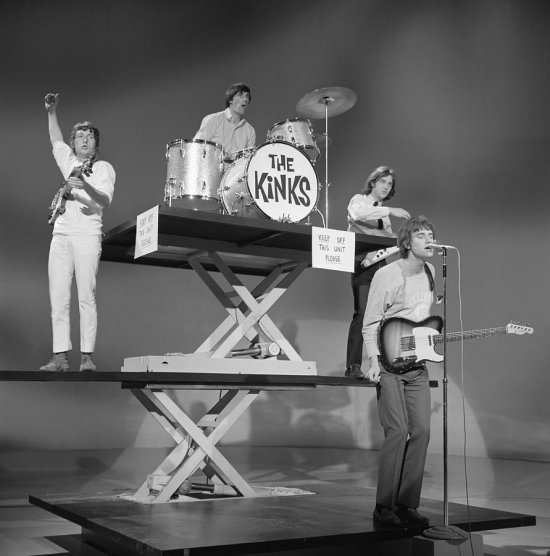
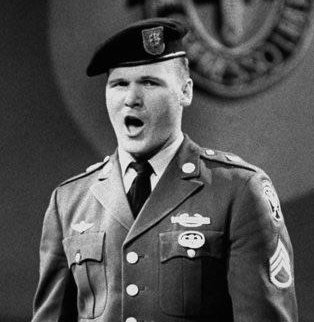



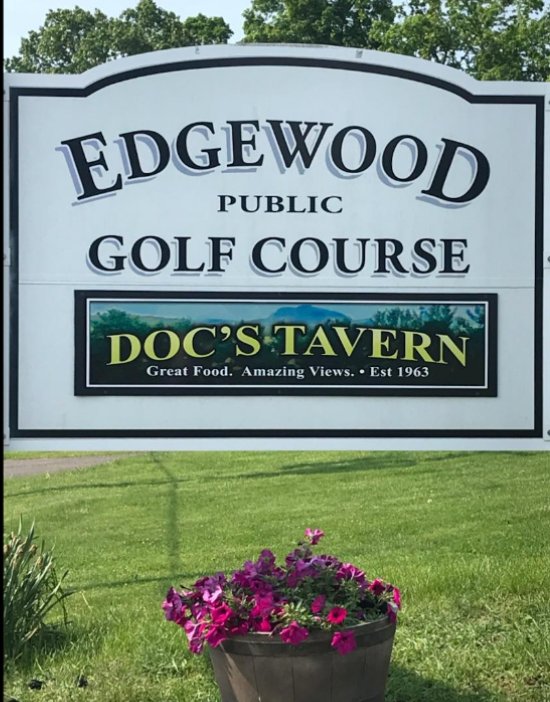
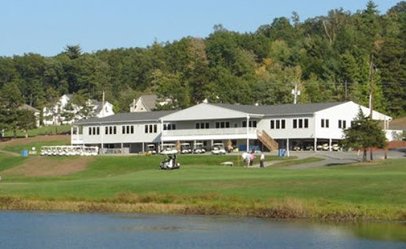

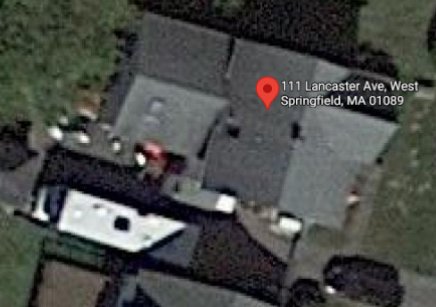
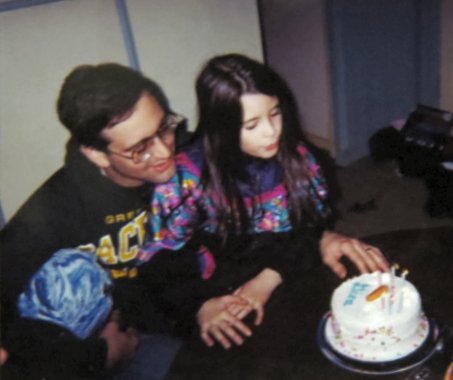
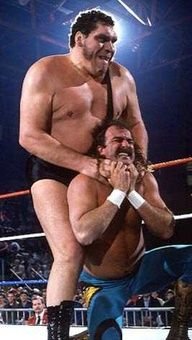
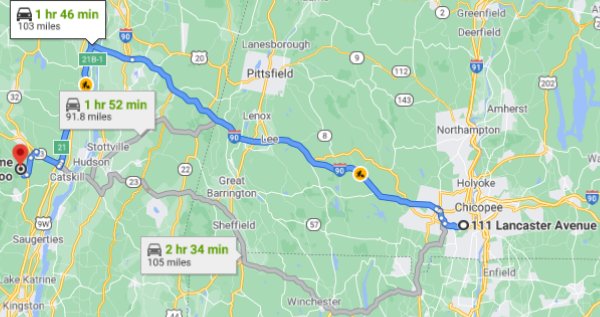

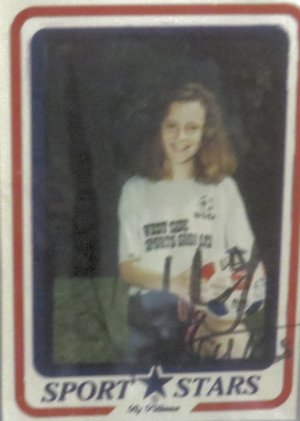
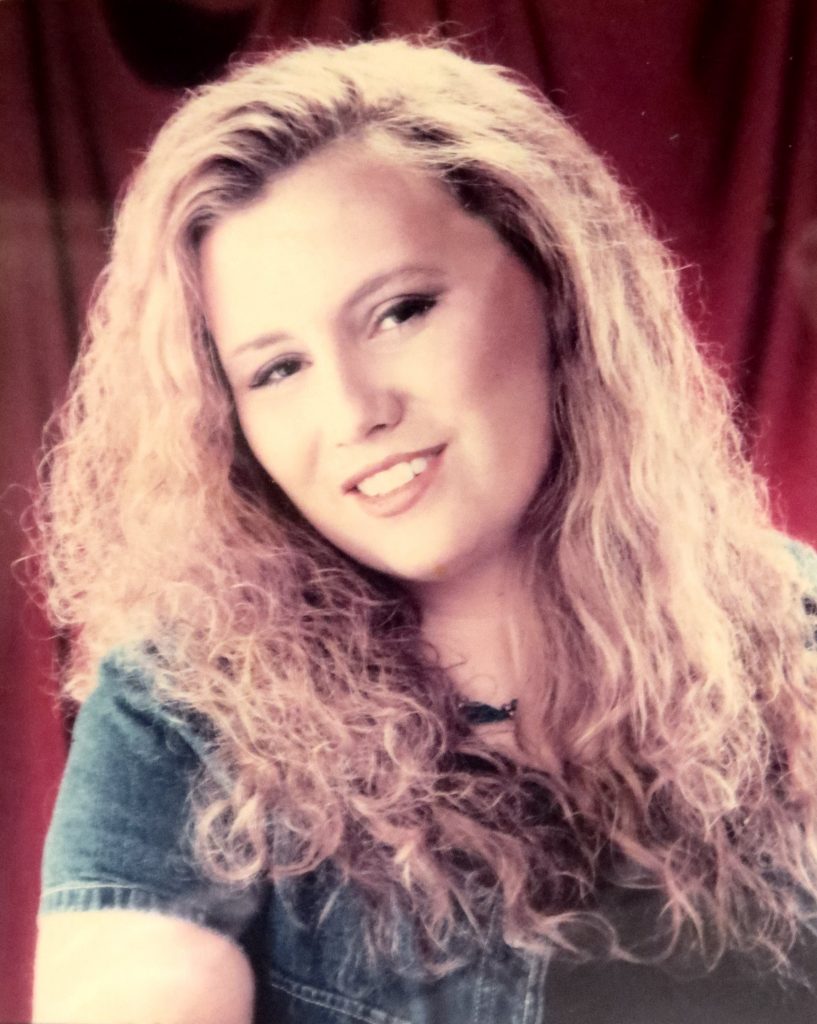
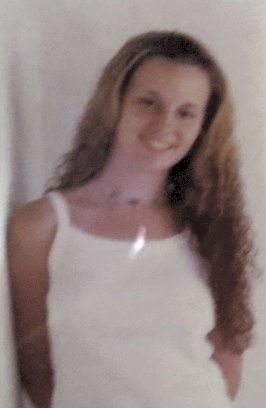
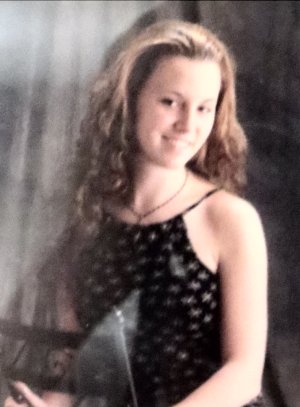

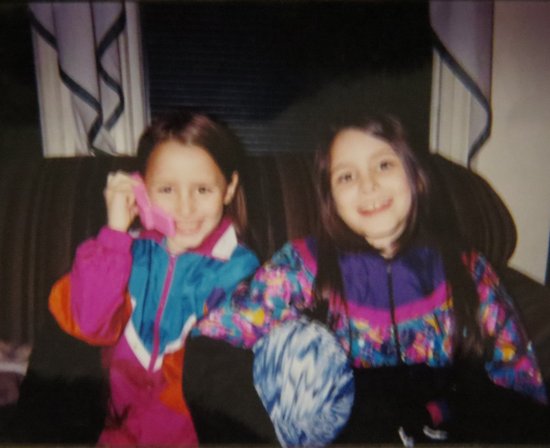
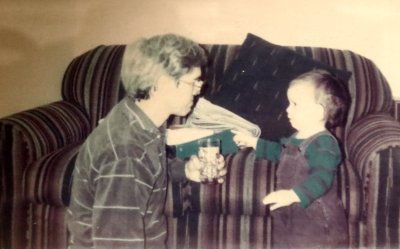
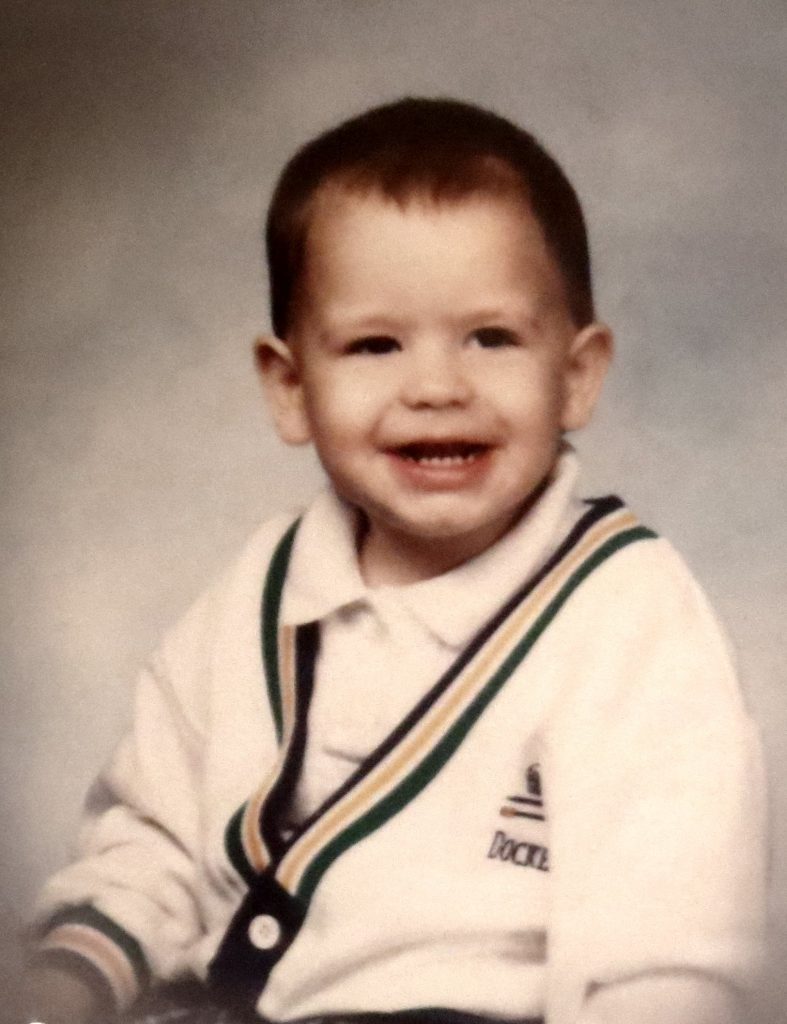



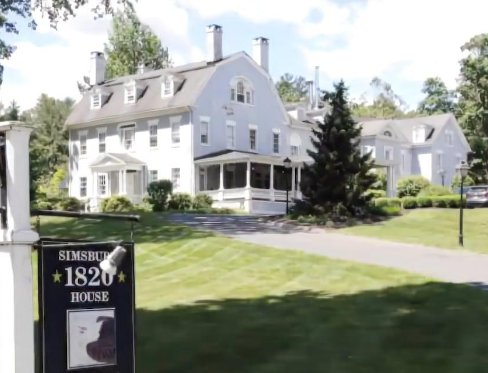

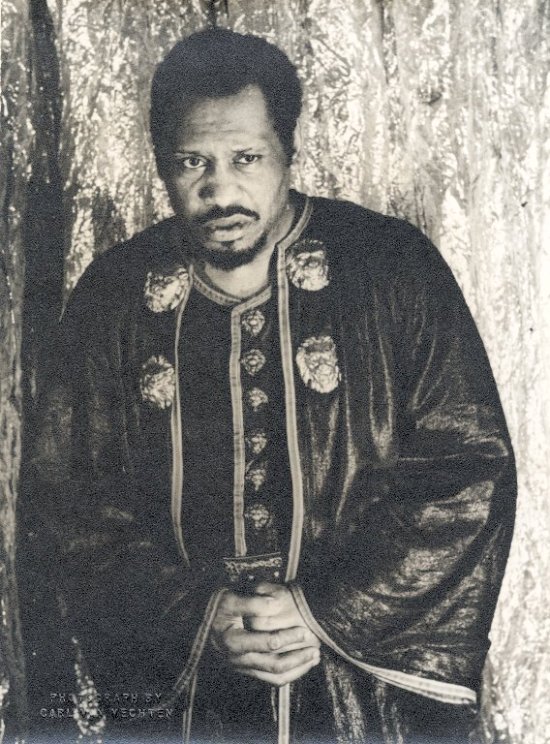

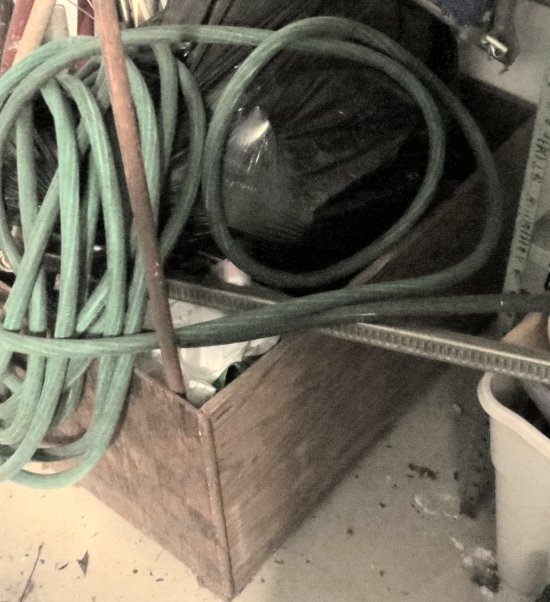






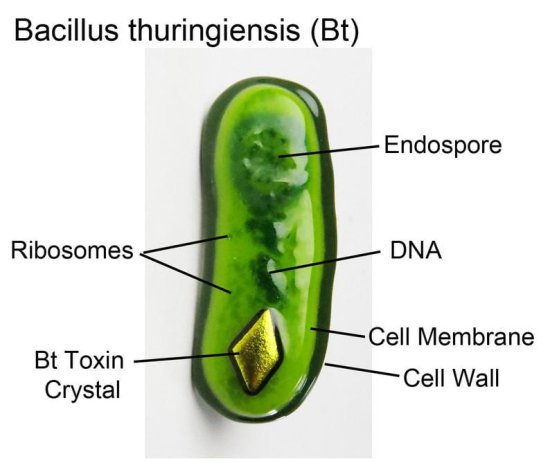


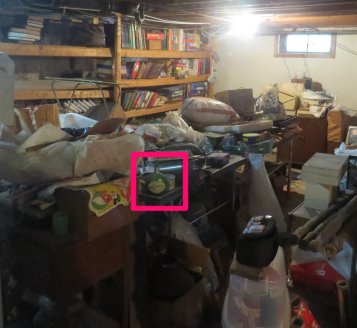



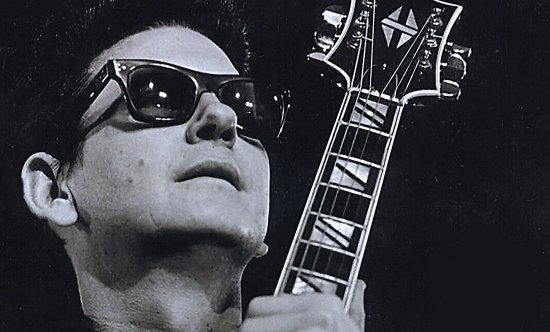


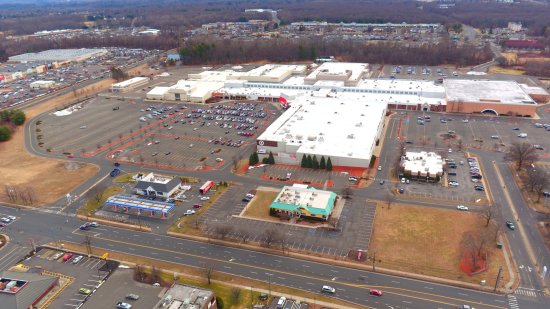






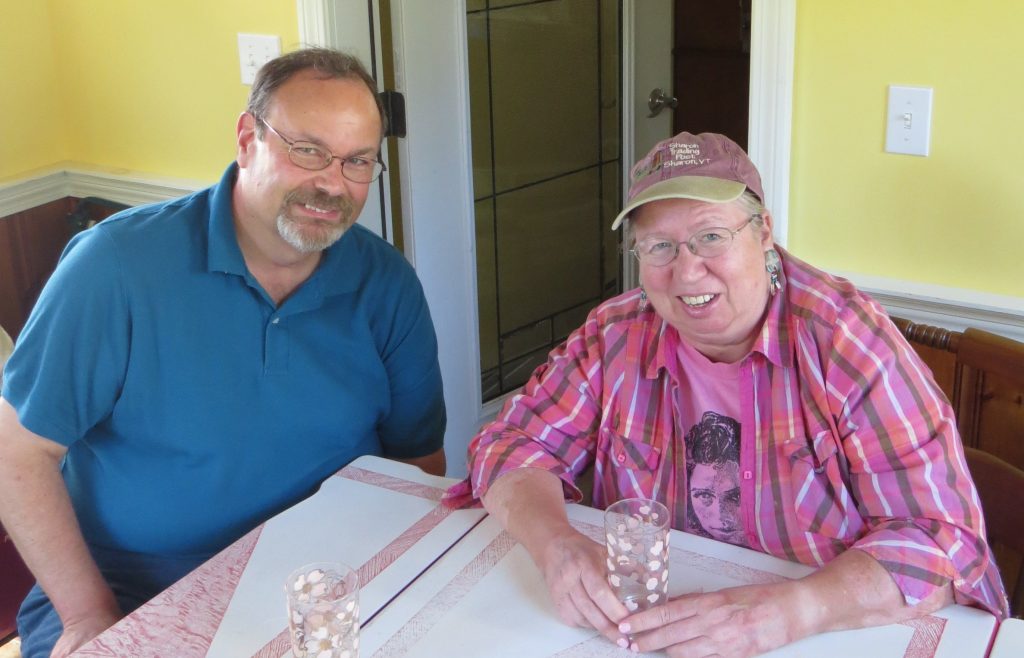
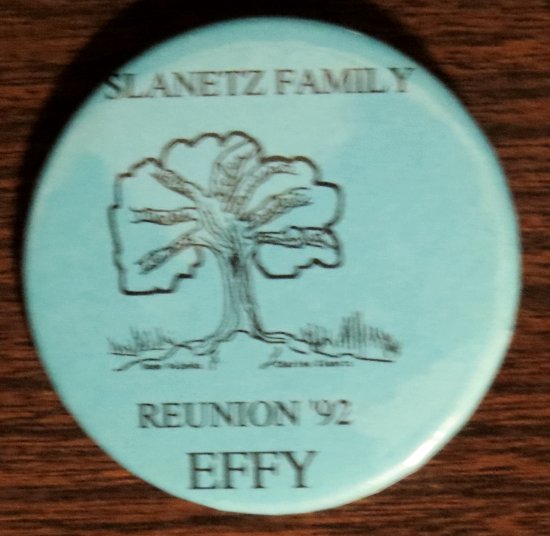
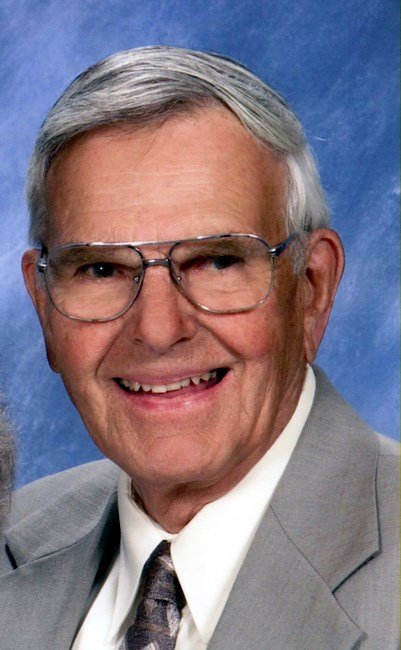
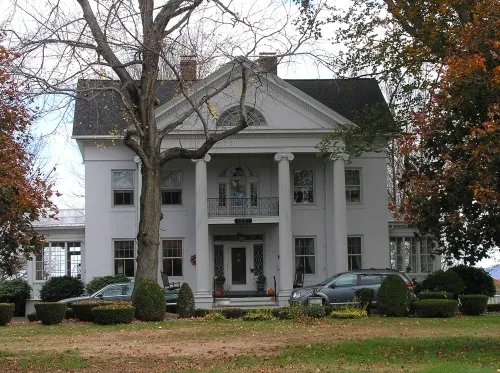


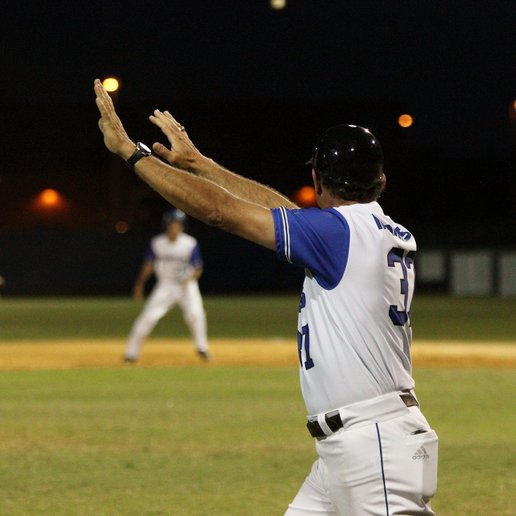

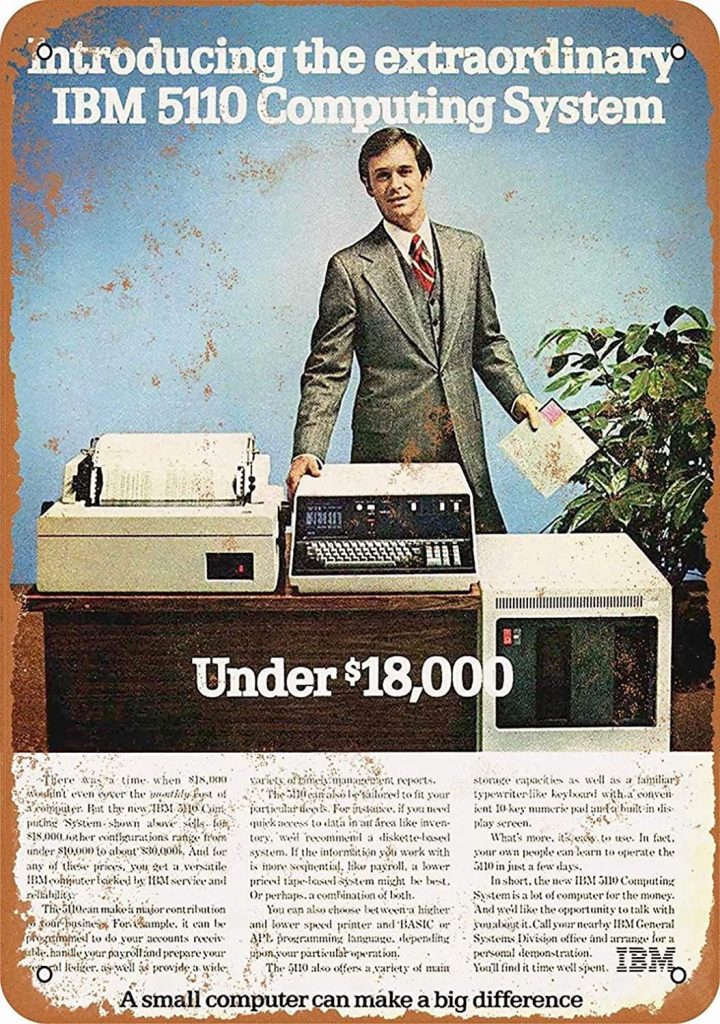
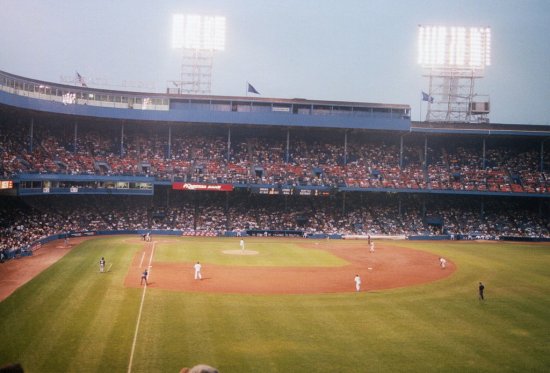






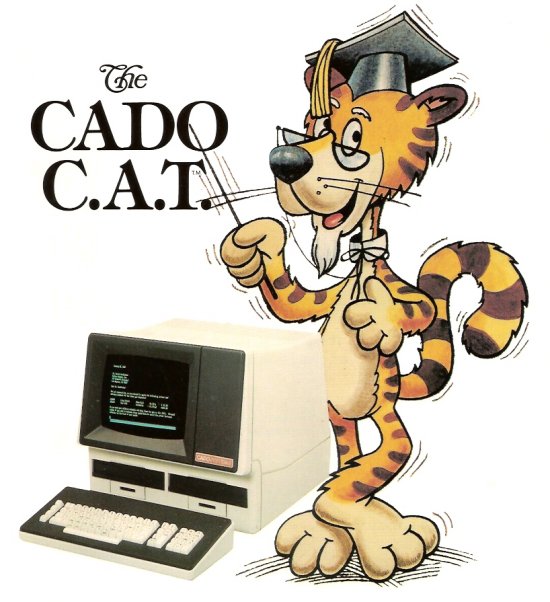



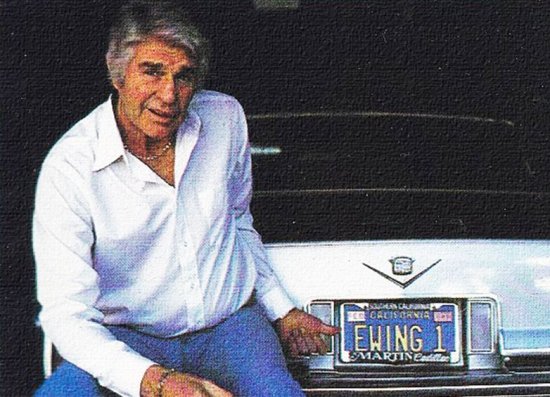



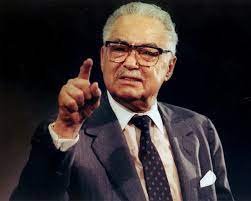

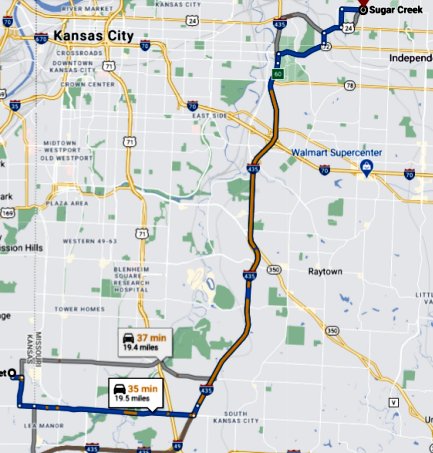



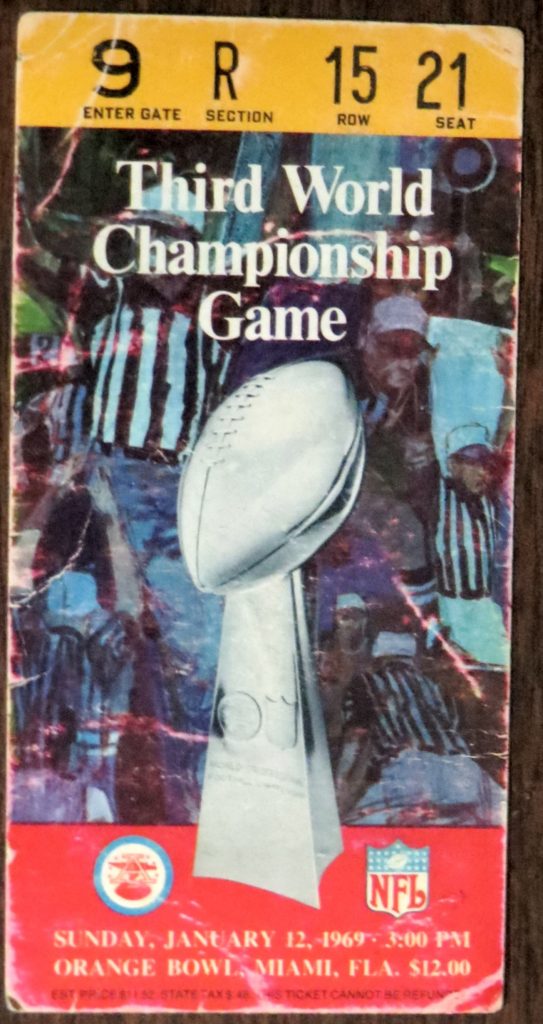
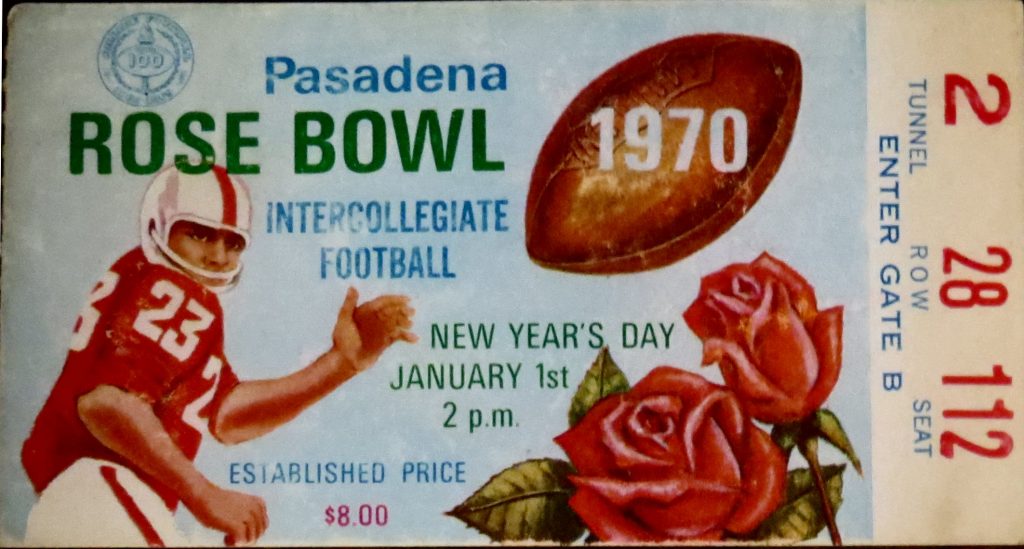
 2. This horribly unimaginative song tied “California Dreamin'” as Billboard’s top song of 1966. Surely this was the worst song ever to become so popular. Sadler was a medic in Vietnam. His one hit made him a lot of money, but his life subsequently went quickly downhill. In 1979 he was charged with second-degree murder and pleaded guilty to voluntary manslaughter in Nashville. He went to prison for thirty days. In September of 1988 he was shot in the head in a taxicab in Guatemala City. He died early the following year.
2. This horribly unimaginative song tied “California Dreamin'” as Billboard’s top song of 1966. Surely this was the worst song ever to become so popular. Sadler was a medic in Vietnam. His one hit made him a lot of money, but his life subsequently went quickly downhill. In 1979 he was charged with second-degree murder and pleaded guilty to voluntary manslaughter in Nashville. He went to prison for thirty days. In September of 1988 he was shot in the head in a taxicab in Guatemala City. He died early the following year.